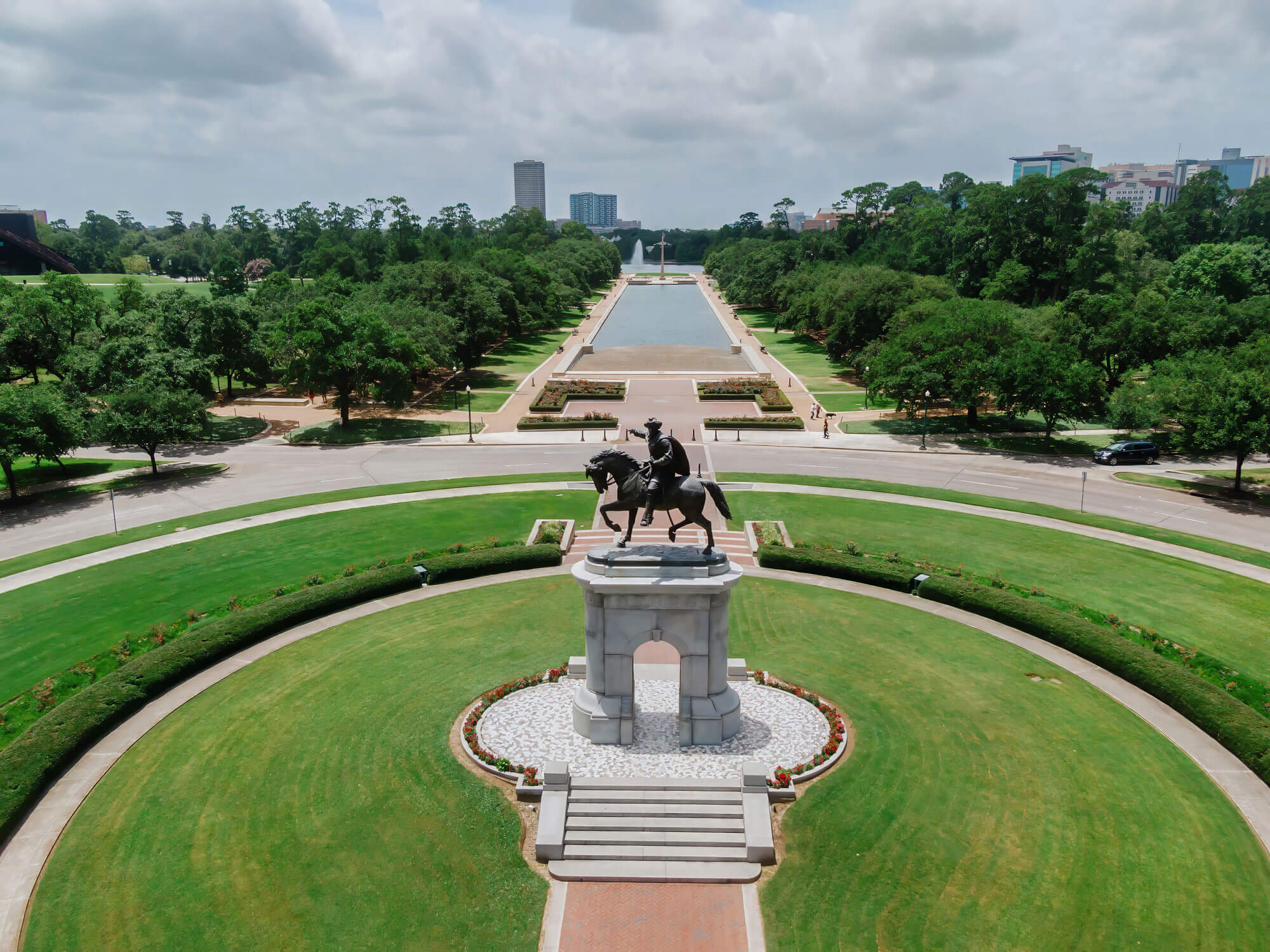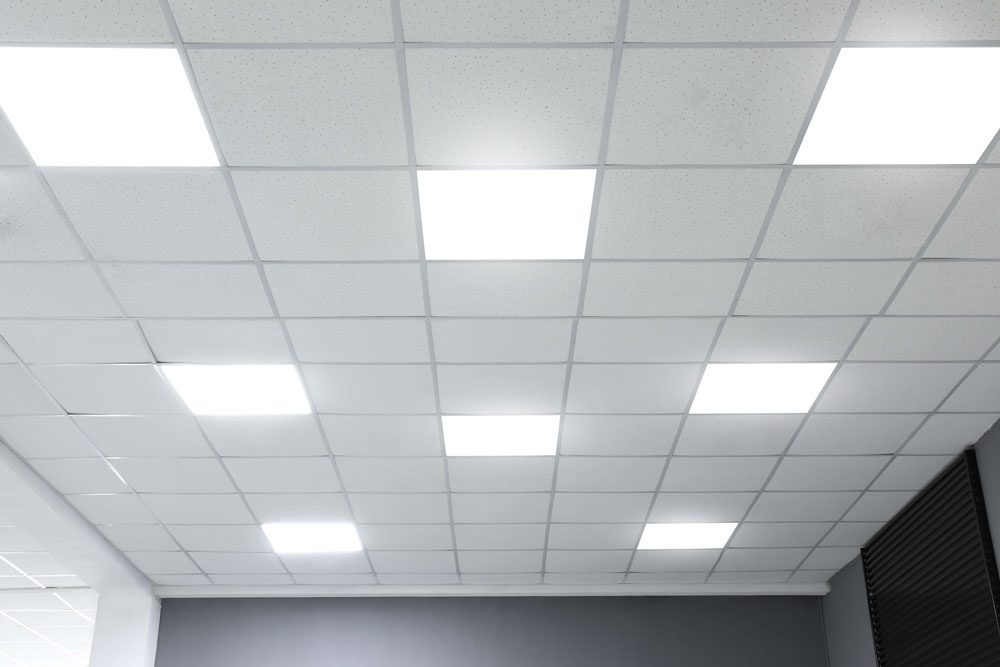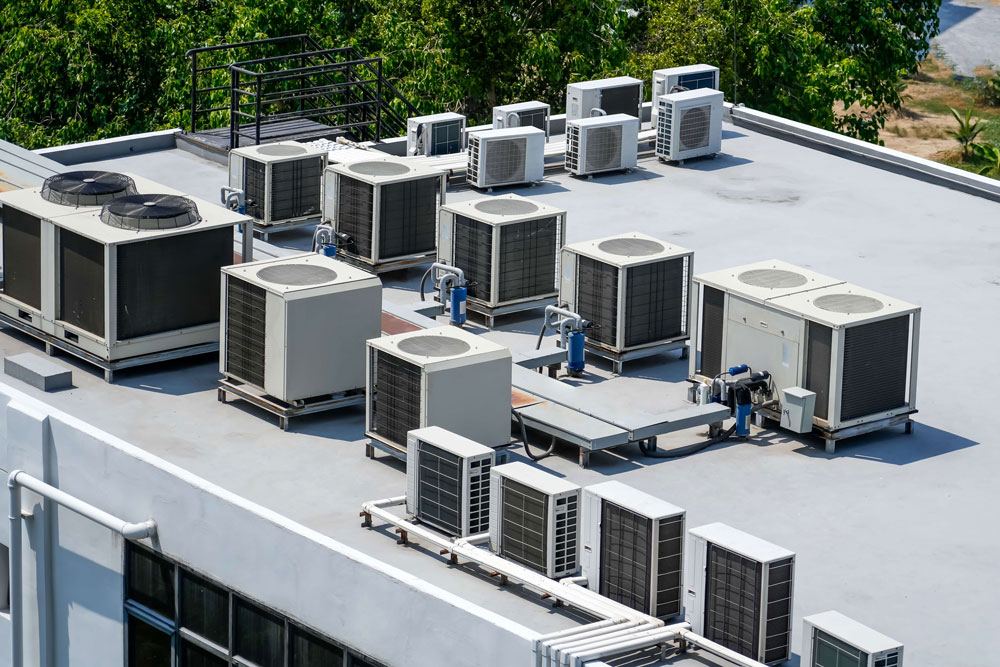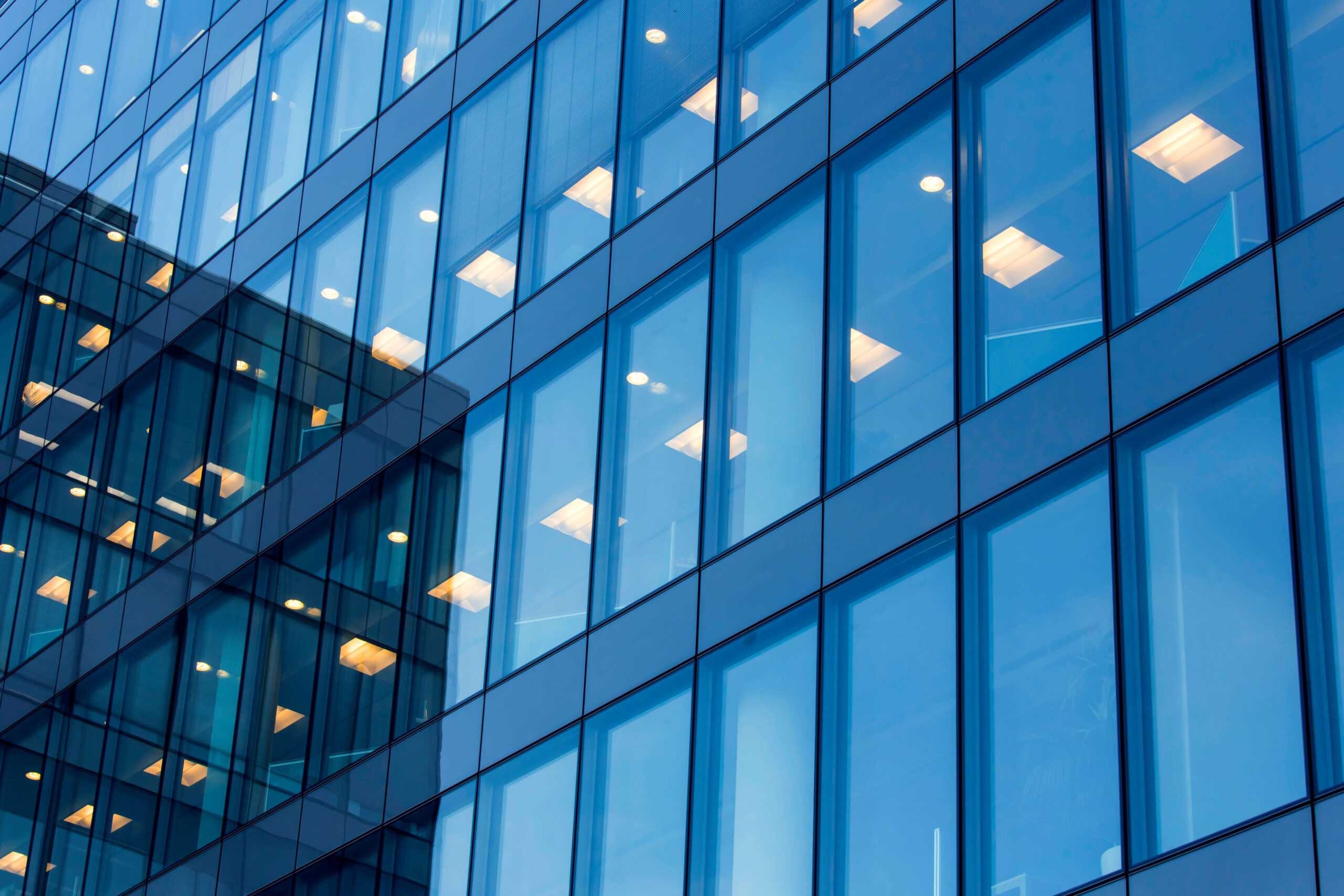Are you investing in energy efficient systems for your commercial building? By leveraging Section 179D, you can claim significant tax deductions for energy-saving improvements.

Sam Houston Statue – Houston
The Energy Efficiency Commercial Building Tax Deduction, also known as Section 179D of the Internal Revenue Code (IRC), provides a tax deduction for commercial property owners and designers who implement energy efficient systems in their buildings. The tax benefit applies to improvements in lighting, HVAC/hot water systems, and/or the building envelope. The goal of the deduction is to promote sustainability in construction, renovation, and retrofits, providing financial relief for businesses committed to energy efficient practices.
Originally introduced in the Energy Policy Act of 2005, 179D has been extended and modified over the years to align with evolving energy efficiency standards.
The Inflation Reduction Act (IRA) amended 179D for taxable years beginning after December 31, 2022, resulting in significant changes and improvements, particularly for businesses and designers investing in energy-efficient systems. Key updates under the IRA include:
The 179D deduction is available for a variety of property types, based on who is claiming it. Building owners can claim for a range of commercial properties, while designers may claim it for only government-owned or tax-exempt property owners.
(4+ Stories)
To qualify for 179D, energy efficient improvements can be part of new construction or the retrofit of existing properties that have been placed in service for at least 5 years. Additionally, all upgrades must comply with ASHRAE 90.1 standards (or equivalent) and be certified by a qualified professional to ensure energy savings are accurately assessed. Lastly, these improvements must focus on reducing energy consumption in at least one of these three categories:

Upgrades to energy saving lighting systems such as LED fixtures and automated lighting controls, significantly reducing energy consumption

Installing high-efficiency HVAC systems or hot water systems that reduce energy usage while improving heating and cooling efficiency

Improvements to the building envelope include better insulation, energy efficient windows, roofing systems, and other structural modifications to reduce heat loss and gain
The Section 179D deduction offers significant tax savings, ranging from $0.54 to $5.65 per square foot, for properties with at least 25% and up to 50% energy savings and improvements that meet the necessary standards outlined in ASHRAE 90.1.
Additional Savings: Starting in 2023, projects that meet local prevailing wage and apprenticeship requirements are eligible for an increased maximum deduction, up to 5 times the standard amount per square foot.
Tax Year | Property Meets Only 179D Criterion | Property Meets 179D Criterion + Prevailing Wage and Apprenticeship |
|---|---|---|
2023 | $0.54-$1.07 per square foot | $2.68-$5.36 per square foot |
Deduction increases $0.02 for each percentage point above 25% energy savings, max of 50%. | Deduction increases $0.11 for each percentage point above 25% energy savings, max of 50%. | |
2024 | $0.57-$1.13 per square foot | $2.83-$5.65 per square foot |
Deduction increases $0.02 for each percentage point above 25% energy savings, max of 50%. | Deduction increases $0.11 for each percentage point above 25% energy savings, max of 50%. | |
2025 | $0.58-$1.16 per square foot | $2.90-$5.81 per square foot |
Deduction increases $0.02 for each percentage point above 25% energy savings, max of 50%. | Deduction increases $0.12 for each percentage point above 25% energy savings, max of 50%. |
Tax Scenario: A 50,000 square-foot building implementing energy efficient improvements could potentially claim a deduction ranging from $27,000 to $282,500 depending on energy savings and compliance with all requirements.
We simplify the Section 179D deduction process with a clear, organized approach that guides you from initial consultation to final filing, ensuring you maximize your Section 179D benefits at every stage.
Yes, a building owner can take the deduction for a property placed in service from January 1, 2006, and after. However, a designer can only take a deduction for an allocated project completed within three years of their latest federal tax return filing date.
Yes, certain residential buildings, such as apartment buildings that are four stories or more above grade, are eligible for the deduction. These buildings are classified as commercial properties under the tax code. However, smaller residential buildings, like single-family homes or those under four stories are not eligible for 179D and may instead qualify for the 45L Tax Credit for energy efficiency residential properties.
Yes, multiple designers can claim the deduction for the same building. Each designer must obtain an allocation letter from the property owner authorizing them to claim the deduction for their contributions to the building’s design.
Yes, you can claim the 179D deduction alongside other energy-related incentives, as long as there is no overlap in claiming the same expenses for multiple benefits. It’s essential to avoid double-dipping (using the same improvement costs to claim multiple tax benefits).
Contact us today to schedule your no-cost consultation.
© 2025 Royse Partners Limited. All rights reserved. | Website by Brave Little Beast